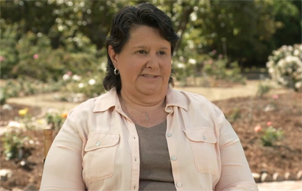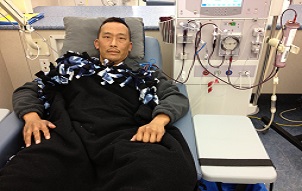The gift of an organ can save the life of a transplant candidate. The experience of providing this special gift to a person in need can serve as a very positive aspect of the donation.
Some donors have reported positive emotional experiences, including feeling good about improving another person’s life. Transplants can greatly improve recipients’ health and quality of life, allowing them to return to normal activities. They can spend more time with family and friends, do more physical activities, and pursue interests and hobbies.
A living donor makes it possible to schedule the transplant at a time that is convenient for the donor and the transplant candidate. Better genetic matches between living donors and recipients may decrease the risk of organ rejection. In addition, kidneys from living donors usually work immediately in recipients in comparison to kidneys from deceased donors. The newer, laparoscopic kidney donation surgery is less invasive and involves smaller incisions. This type of surgery can help to decrease recovery time for the donor.
A living donor also removes a candidate from the national transplant waiting list, which currently includes more than 100,000 people. Based upon 2008 OPTN data, about 11% of kidney candidates added to the waiting list in 2007 received a kidney within one year.




